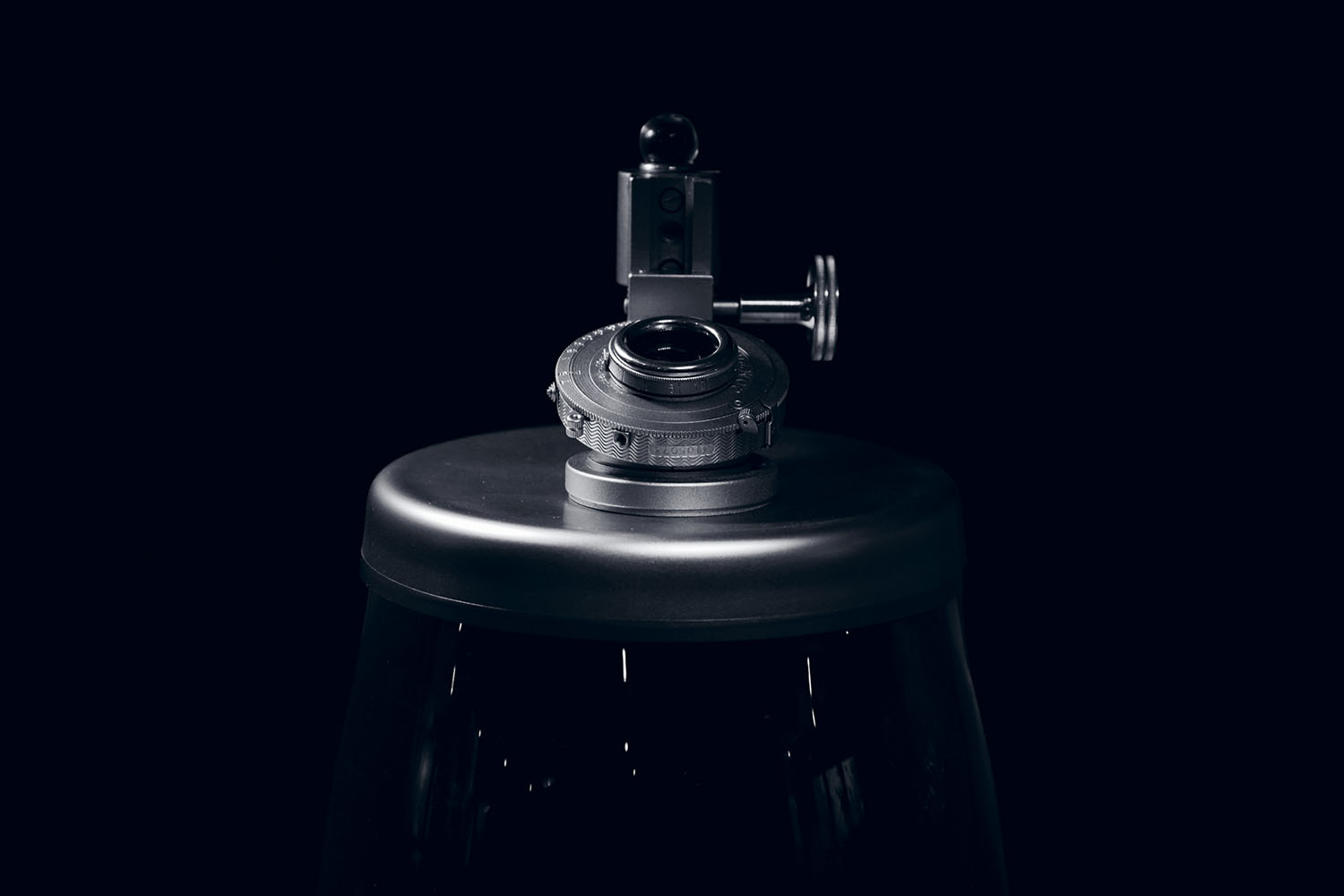In Between
Burning mirrors reveal the intensity of nature’s power
Convex reflective surfaces focus light from the sun into a fixed point. At this apex, the power of the concentrated sunlight can result in fire.
“The rays of the sun seemed a more spiritual way of creating fire than human hands”
— John Perlin, Whole Earth Catalog, Winter 1999
The ancient technology of harnessing and redirecting the sun’s power was used millennia ago. Archimedes, the Greek mathematician, physicist, engineer, inventor, and astronomer, employed burning mirrors to set fire to invading Roman warships. The Romans then adopted the same technology for their own ends. The technology was also used in ancient Chinese and Incan cultures to light fires for the peaceful purposes of cooking and ceremony.
Burning mirrors reveal how the power of nature has been harnessed by humans for different purposes. This also shows how the intention behind a technology’s use is as significant as the technology itself. Archimedes’ burning mirrors channeled forces of nature for a process of destruction. Millennia later, scientists working on the Manhattan Project figured out how to assert further control over nature by splitting the atom in order to create a nuclear weapon. The manipulation of nature for the purposes of warfare has had world-changing consequences. We should be humbled by the powerful energies that nature stores and releases.
To protect the sacredness of life, we are reminded of the importance of living intentionally within the boundaries of nature and not attempting to assert control over it. To reconnect with the peaceful power of burning mirrors, we wonder what it will feel like to light a fire for cooking by focusing the sun’s rays, or make ceremonial offerings in this way. How might we be uplifted by displaying reverence to life-giving sources like the sun in our daily activities? How might we reintegrate an intuitive spirituality from channeling nature’s energy within our technologies?
We can begin by exploring various ways to live closer to nature. Arcology—a mashup of architecture and ecology—presents a mode of creating ecologically low-impact habitats for humans. In the American Southwest, Arcosanti stands as a living example of this concept.* There, in this desert location, about 80 residents live and work together in an architectural setting conscious of the natural landscape in which it’s integrated. In the United Arab Emirates, the experimental Masdar City ambitiously attempted to become a thriving city with buildings that could adapt to the weather throughout the day. While the large scale project of Masdar City is currently on hold, we can still continue to conjure up inspiration and search for more nuanced ways to incorporate nature into the architecture of our lives.
People and planet will all benefit from human endeavors becoming more environmentally conscious. Wherever there are healthy living soils, there’s a good chance of finding healthy living people. The notion of burning mirrors can serve to inspire a closer, and more respectful, relationship between technology and nature. Our hypothesis is that the more we learn to converge nature and technology, the more we will feel connected to the power and purpose of who we are meant to be in every conceivable way.
Transcend the noise
Listen up. Turn off the TV. Turn down the radio. Put down your phone. Take a break from the news. Look around. Nature resonates with life in all dimensions.
“The capacity to drive away a thought once and for all is the door to eternity. The infinite in an instant.”
— Simone Weil
Where we place our attention directs our reality. Emerging from a period in which our attention has been confiscated, reclaiming our agency over our attention represents an important step toward liberation.
The moment we open our phones we are compressing our sphere of choice into the apps which all vie for our attention. When we set our phones aside, we get to opt out of the “attention economy”. In that less mediated space, we open ourselves to the world in a more receptive state. We receive the opportunity to explore and see what serendipity provides us.
As writer Dan Nixon points out in his article about how attention constitutes a way of being alive to the world, “there can be beauty and wonder in the unadorned act of ‘experiencing’.”* In this sense, pure experience offers a connection to the eternal, because there is no distraction placing our attention in a fixed place or time, Nixon posits that attention, as a form of unmediated experience, relates to what Simone Weil referred to as “the infinite in an instant”. We are inspired by this framework for attention, and feel that thinking of attention, as experience, and not a resource, is an impactful way to reclaim authority in our individual roles within an interconnected existence.
Along our way forward, we recognize the value of getting lost as it teaches us how to better deal with uncertainty. Free of overstimulation, we may well find ourselves more prone to boredom, which we must soften of all its negative connotations. Boredom leads to creativity and opens up space for pause and introspection. Stillness and solitude allow consciousness to rest. A healthy amount of idle time is not only good for us, but makes us more creative. It may even be critical to our happiness. With only wandering thoughts for entertainment, we tune into what our bodies might be telling us or what we have buried deep in our psyches. These inner secrets, unearthed from deep within ourselves, can deliver the insights that will help propel us on the path toward regenerative living.
